Home>Gardening & Outdoor>Outdoor Structures>How To Build A Green Roof On A Shed
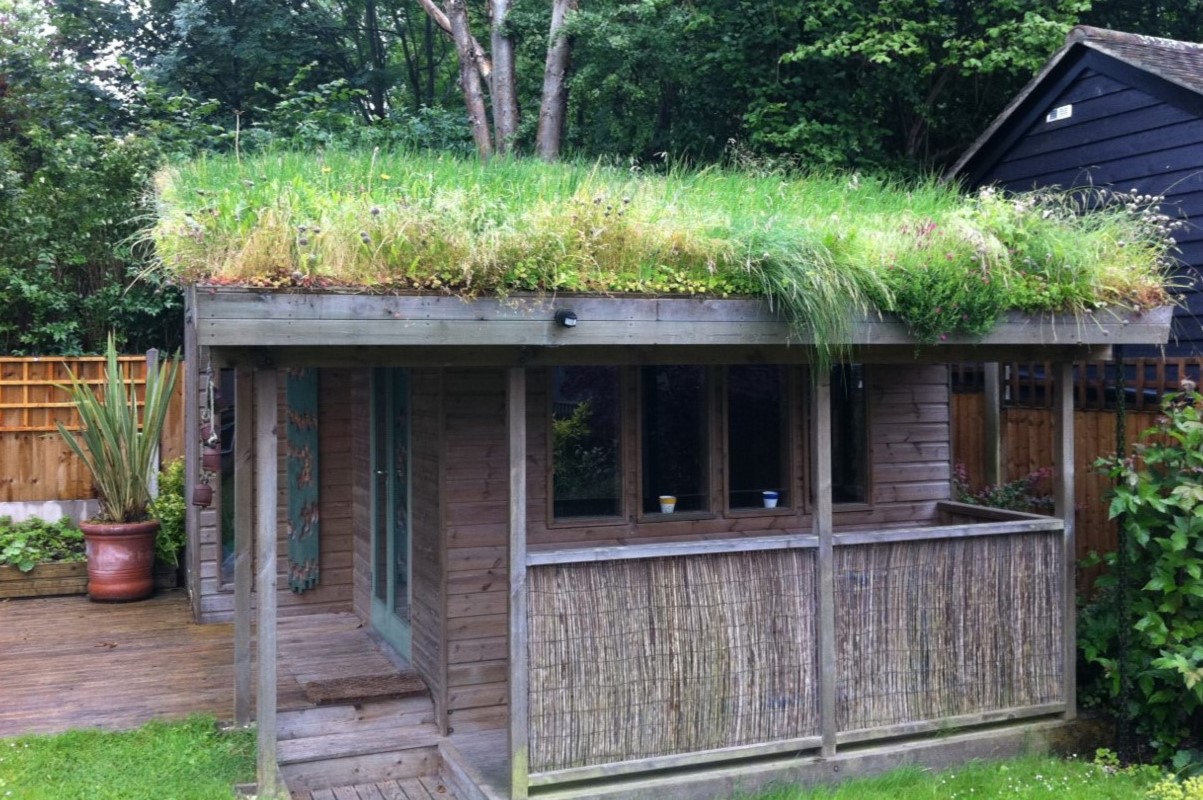

Outdoor Structures
How To Build A Green Roof On A Shed
Modified: April 22, 2024
Learn how to create an eco-friendly green roof for your shed with our comprehensive guide. Discover the benefits of outdoor structures and sustainable living.
(Many of the links in this article redirect to a specific reviewed product. Your purchase of these products through affiliate links helps to generate commission for Storables.com, at no extra cost. Learn more)
Introduction
So, you've got a shed in your backyard, and it's serving its purpose as a storage space or a workshop. But have you ever thought about taking it to the next level by adding a green roof? A green roof, also known as a living roof, is a roof of a building that is partially or completely covered with vegetation and a growing medium, planted over a waterproofing membrane. It's not just an aesthetically pleasing addition to your shed; it also offers a range of practical and environmental benefits.
A green roof can transform your shed into a sustainable, eco-friendly structure that blends seamlessly with the natural surroundings. This innovative concept is gaining popularity among homeowners and environmental enthusiasts due to its numerous advantages. From reducing energy costs to providing habitat for wildlife, a green roof is a valuable asset that enhances both the functionality and the visual appeal of your outdoor space.
In this article, we'll delve into the world of green roofs and explore the process of building one on your shed. We'll discuss the benefits of green roofs, the planning and design considerations, the materials and tools you'll need, the step-by-step process of building the green roof, and the essential maintenance and care practices. By the end of this guide, you'll have a comprehensive understanding of how to create a vibrant and sustainable green roof on your shed, elevating its functionality and contributing to a greener environment. So, let's embark on this exciting journey to bring nature closer to your doorstep while enhancing the eco-friendliness of your outdoor space.
Key Takeaways:
- Transform your shed with a green roof to save energy, manage stormwater, and create a habitat for wildlife, while enhancing the visual appeal of your outdoor space.
- Plan, design, and build your green roof with careful consideration of materials, vegetation, and maintenance, contributing to a sustainable and eco-friendly lifestyle.
Read more: How To Build A Roof For A Shed
Benefits of Green Roofs
Green roofs offer a plethora of advantages that extend beyond their visual appeal. By integrating nature into the built environment, these living roofs contribute to a sustainable and eco-friendly lifestyle. Here are some key benefits of incorporating a green roof on your shed:
- Environmental Benefits: Green roofs act as natural insulators, reducing the energy needed to heat and cool your shed. They also absorb carbon dioxide and release oxygen, contributing to air purification and reducing the urban heat island effect.
- Stormwater Management: The vegetation and soil on a green roof absorb rainwater, reducing stormwater runoff and alleviating pressure on drainage systems. This helps mitigate the risk of flooding and minimizes water pollution.
- Biodiversity and Habitat Creation: Green roofs provide a habitat for birds, insects, and other small wildlife, fostering urban biodiversity and supporting the local ecosystem.
- Extended Roof Lifespan: The vegetation layer on a green roof shields the waterproofing membrane from the elements, UV radiation, and temperature fluctuations, thus extending the lifespan of the roof and reducing maintenance costs.
- Aesthetic Appeal: Beyond their environmental benefits, green roofs enhance the visual appeal of your shed, creating a lush and vibrant rooftop garden that blends harmoniously with the natural surroundings.
- Sound Insulation: The soil and vegetation on a green roof provide effective sound insulation, reducing noise pollution from external sources and creating a quieter, more peaceful environment.
- Community and Social Benefits: Green roofs contribute to a sense of community well-being by offering a space for relaxation, social gatherings, and urban agriculture, fostering a connection with nature in urban areas.
These benefits collectively make green roofs a valuable addition to any shed, offering a sustainable and holistic approach to enhancing the functionality, environmental impact, and visual appeal of the structure. As we delve deeper into the process of building a green roof on your shed, you’ll discover how these advantages come together to create a harmonious and eco-friendly outdoor space.
Planning and Design
Before embarking on the construction of a green roof for your shed, meticulous planning and thoughtful design are crucial to ensure a successful and sustainable outcome. Here are the key considerations for planning and designing your green roof:
- Structural Analysis: Assess the load-bearing capacity of your shed to determine if it can support the additional weight of a green roof. Seek professional guidance if necessary to ensure structural integrity.
- Regulations and Permits: Research local building codes, zoning regulations, and permit requirements for installing a green roof. Compliance with these regulations is essential to avoid any legal issues.
- Roof Slope and Drainage: Evaluate the slope of your shed’s roof to ensure proper drainage. Green roofs require a slight slope for water runoff, and the design should incorporate drainage layers to prevent water accumulation.
- Vegetation Selection: Choose vegetation suitable for your climate, considering factors such as sunlight exposure, wind conditions, and water availability. Select a mix of native plants and sedum species known for their resilience and low maintenance requirements.
- Waterproofing and Root Barrier: Install a high-quality waterproofing membrane to protect the shed’s structure from water infiltration. Additionally, incorporate a root barrier to prevent plant roots from damaging the roof.
- Growing Medium: Select a lightweight, well-draining growing medium that provides adequate nutrients for plant growth. The depth of the growing medium will depend on the types of plants chosen for the green roof.
- Access and Maintenance: Consider accessibility for maintenance tasks such as watering, weeding, and plant care. Incorporate access points or pathways to facilitate regular upkeep of the green roof.
- Environmental Impact: Evaluate the potential environmental benefits of your green roof, such as its contribution to energy efficiency, stormwater management, and biodiversity enhancement. Consider how the design can maximize these positive impacts.
By carefully addressing these planning and design considerations, you can lay the groundwork for a resilient and sustainable green roof that complements your shed while harnessing the environmental and functional benefits of this innovative feature. The next step involves gathering the necessary materials and tools to bring your green roof vision to life.
Materials and Tools
Building a green roof on your shed requires a specific set of materials and tools to ensure the successful installation and long-term viability of the living roof. Here’s a comprehensive list of the essential items you’ll need:
- Waterproofing Membrane: A high-quality waterproofing membrane is crucial to protect the shed’s structure from water infiltration. Choose a durable and reliable membrane designed for green roof applications.
- Root Barrier: Install a root barrier to prevent plant roots from penetrating the waterproofing layer and causing damage to the roof. This barrier helps maintain the integrity of the roofing system over time.
- Drainage Layer: A drainage layer facilitates the efficient removal of excess water from the green roof, preventing waterlogging and ensuring proper moisture management for the vegetation. Use specialized drainage mats or layers designed for green roofs.
- Growing Medium: Select a lightweight and well-aerated growing medium that provides a supportive environment for plant growth. The growing medium should offer sufficient nutrients while promoting water retention and drainage.
- Vegetation: Choose a diverse selection of vegetation, including low-maintenance plants such as sedum, grasses, and native wildflowers. Opt for species that thrive in your local climate and require minimal irrigation and maintenance.
- Edge Restraints: Use edge restraints, such as metal or plastic edging, to contain the growing medium and vegetation on the roof, preventing erosion and ensuring a tidy, well-defined perimeter for the green roof.
- Accessories and Fixings: Secure the green roof components with appropriate fixings, including screws, fasteners, and brackets. Additionally, consider accessories such as irrigation systems, if necessary, to support plant health.
- Basic Tools: Gather basic tools such as shovels, trowels, pruning shears, and a wheelbarrow for handling the growing medium and vegetation during the installation process.
Before proceeding with the construction of your green roof, ensure that you have all the necessary materials and tools readily available. By equipping yourself with the right resources, you’ll be well-prepared to execute the installation with precision and efficiency, setting the stage for a thriving and resilient green roof atop your shed.
Make sure to use a waterproof membrane and a layer of drainage material before adding the soil and plants to your green roof. This will help prevent water damage and ensure the plants have proper drainage.
Building the Green Roof
Now that you’ve completed the planning, design, and gathered the necessary materials and tools, it’s time to embark on the exciting process of building your green roof. Follow these step-by-step guidelines to bring your vision of a vibrant and sustainable living roof to fruition:
- Prepare the Roof Surface: Clean the shed’s roof surface thoroughly, removing any debris, dirt, or existing vegetation. Ensure that the surface is smooth and free of sharp objects that could damage the waterproofing membrane.
- Install the Waterproofing Membrane: Lay the waterproofing membrane over the entire roof surface, ensuring a secure and watertight fit. Pay attention to details such as sealing edges and penetrations to prevent water seepage.
- Apply the Root Barrier: Install the root barrier over the waterproofing membrane, creating a protective layer that prevents plant roots from compromising the integrity of the roof. Secure the barrier in place according to the manufacturer’s guidelines.
- Add the Drainage Layer: Place the drainage layer on top of the root barrier, ensuring even coverage across the entire roof. The drainage layer promotes efficient water runoff and prevents water accumulation on the green roof.
- Layer the Growing Medium: Spread the selected growing medium evenly over the drainage layer, creating a uniform substrate for planting. The depth of the growing medium will depend on the types of vegetation chosen for the green roof.
- Plant the Vegetation: Carefully plant the selected vegetation in the growing medium, ensuring proper spacing and coverage. Consider the arrangement of plants to create an aesthetically pleasing and biodiverse green roof ecosystem.
- Secure Edge Restraints: Install edge restraints around the perimeter of the green roof to contain the growing medium and vegetation. This helps maintain the integrity of the roof and prevents erosion.
- Perform Final Checks: Inspect the green roof to ensure all components are securely in place, and there are no signs of damage or displacement. Address any potential issues before proceeding to the final stage.
- Establish a Maintenance Routine: Develop a maintenance plan for your green roof, including watering, weeding, and periodic inspections. Regular care is essential to ensure the long-term health and vitality of the vegetation.
By following these steps with care and attention to detail, you’ll be well on your way to creating a thriving and visually stunning green roof on your shed. This transformative addition not only enhances the eco-friendliness of your outdoor space but also contributes to the overall well-being of the environment and local ecosystem.
Read more: How To Build A Green Roof
Maintenance and Care
After the successful construction of your green roof, ongoing maintenance and care are essential to ensure the longevity and vitality of the living roof ecosystem. Implementing a consistent maintenance routine will support the health of the vegetation and preserve the functional and environmental benefits of the green roof. Here are key practices to incorporate into your maintenance plan:
- Regular Watering: Monitor the moisture levels of the growing medium and provide supplemental watering during dry periods. Ensure that the vegetation receives adequate hydration to support healthy growth and vitality.
- Weeding and Pruning: Periodically inspect the green roof for weeds and invasive plants, removing them promptly to prevent competition for resources and maintain the desired vegetation composition. Prune any overgrowth to encourage balanced growth.
- Fertilization and Nutrient Management: Assess the nutrient levels of the growing medium and provide appropriate fertilization if necessary. Consider organic fertilizers to support the long-term health of the vegetation without introducing harmful chemicals.
- Inspections and Repairs: Conduct regular inspections of the green roof to identify any signs of damage, erosion, or drainage issues. Address any issues promptly to prevent potential complications and preserve the structural integrity of the living roof.
- Seasonal Maintenance: Adjust your maintenance activities based on seasonal changes, such as adapting watering frequency, protecting vegetation during extreme weather, and preparing the green roof for winter conditions if applicable.
- Wildlife Monitoring: Observe the green roof for wildlife activity, such as bird visits and insect interactions. Encourage biodiversity while ensuring that the presence of wildlife does not pose risks to the vegetation or the structural integrity of the green roof.
- Engage in Community Efforts: Explore opportunities to participate in community gardening initiatives or educational programs related to green roofs. Share your experiences and knowledge with others to contribute to the broader sustainability movement.
By incorporating these maintenance practices into your routine, you’ll nurture a thriving and resilient green roof that continues to provide environmental benefits, enhance the visual appeal of your shed, and contribute to a sustainable and eco-friendly outdoor environment. Embracing the ongoing care of your green roof is an investment in the well-being of your outdoor space and the broader ecosystem, fostering a harmonious coexistence between nature and the built environment.
Conclusion
Embarking on the journey to build a green roof on your shed is a transformative and rewarding endeavor that integrates nature into the fabric of your outdoor space. By embracing the concept of a living roof, you not only enhance the functionality and visual appeal of your shed but also contribute to environmental sustainability and the well-being of the local ecosystem. As you reflect on the process of planning, designing, and constructing your green roof, consider the profound impact it has on both your immediate surroundings and the broader community.
From the numerous benefits of green roofs, including energy efficiency, stormwater management, and biodiversity support, to the meticulous planning and selection of materials and vegetation, every aspect of creating a green roof is a testament to your commitment to a greener, more sustainable lifestyle. The maintenance and care practices you implement will further nurture the vibrant ecosystem thriving atop your shed, fostering a connection with nature and promoting environmental stewardship.
As you gaze upon the lush and thriving green roof adorning your shed, take pride in the positive impact it has on the environment, your well-being, and the community at large. Your green roof serves as a living testament to the harmonious coexistence of nature and the built environment, inspiring others to embrace sustainable practices and cultivate a deeper appreciation for the natural world.
In the ever-evolving landscape of sustainable living, your green roof stands as a beacon of hope and innovation, demonstrating the profound potential of integrating eco-friendly solutions into everyday spaces. As you continue to nurture and care for your green roof, you are not only creating a sustainable haven but also sowing the seeds of a greener, more vibrant future for generations to come.
So, as you bask in the beauty and functionality of your green roof, remember the profound impact it has on the environment, the community, and the collective journey toward a more sustainable and harmonious world.
Frequently Asked Questions about How To Build A Green Roof On A Shed
Was this page helpful?
At Storables.com, we guarantee accurate and reliable information. Our content, validated by Expert Board Contributors, is crafted following stringent Editorial Policies. We're committed to providing you with well-researched, expert-backed insights for all your informational needs.
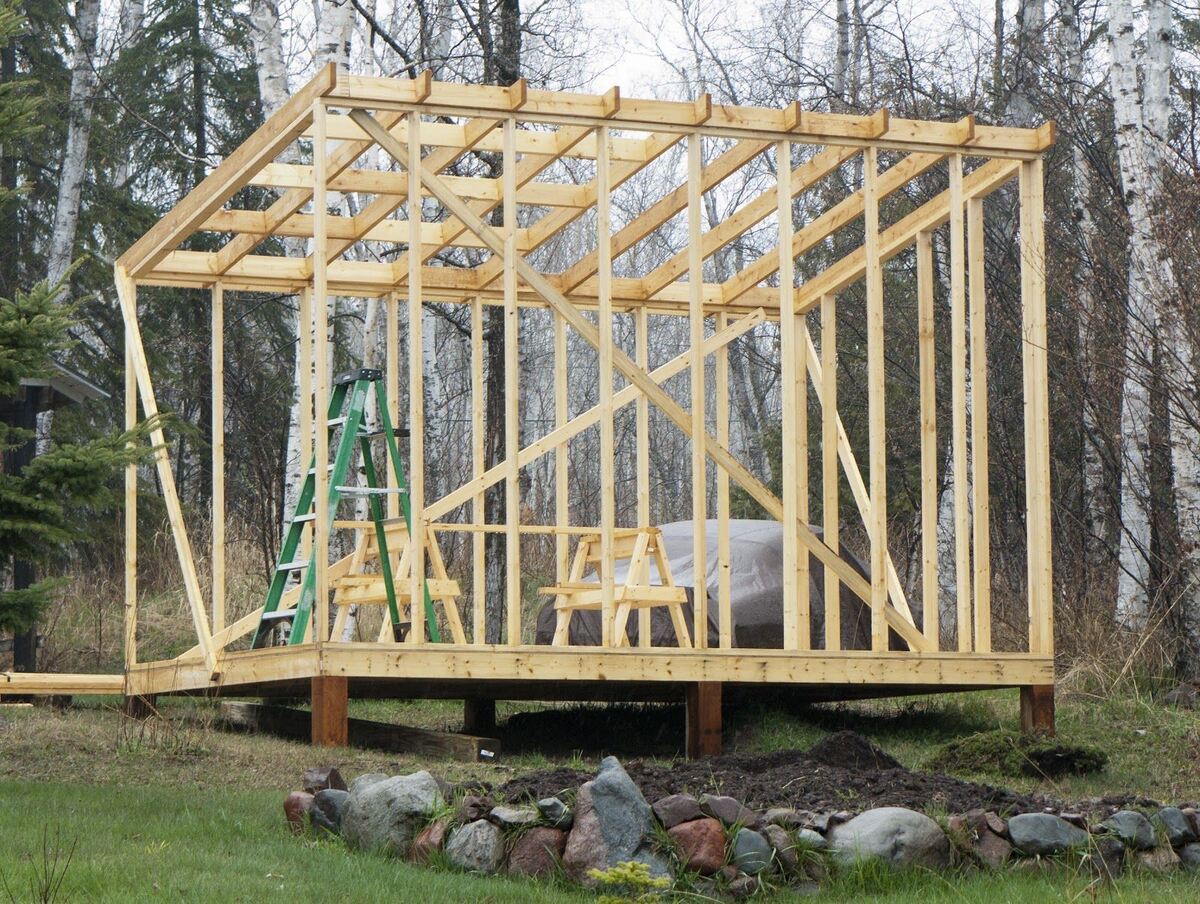
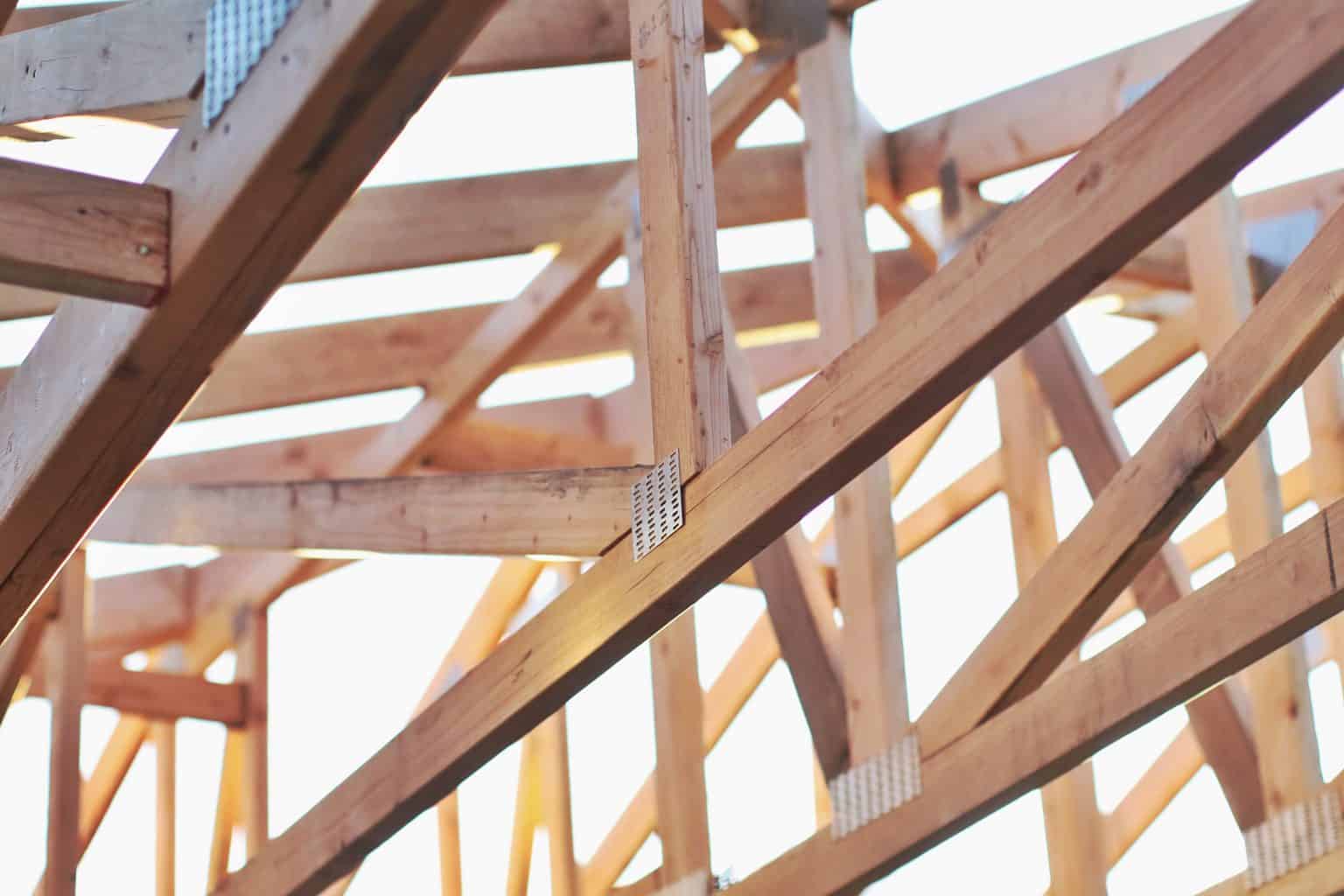
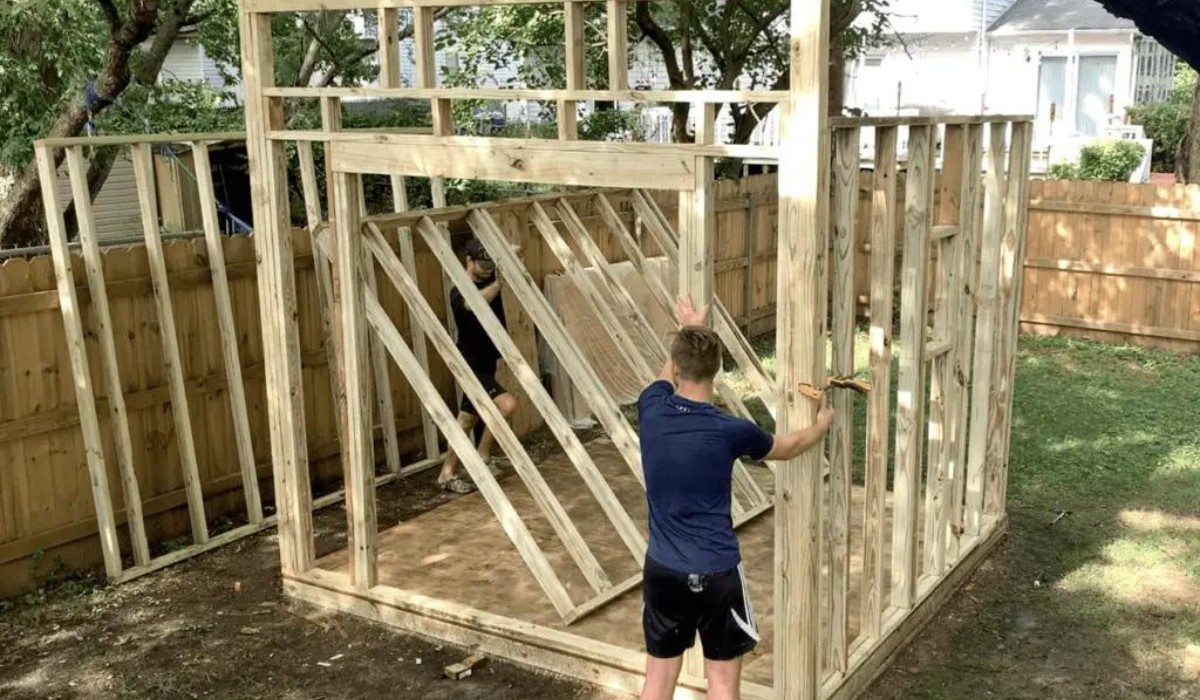
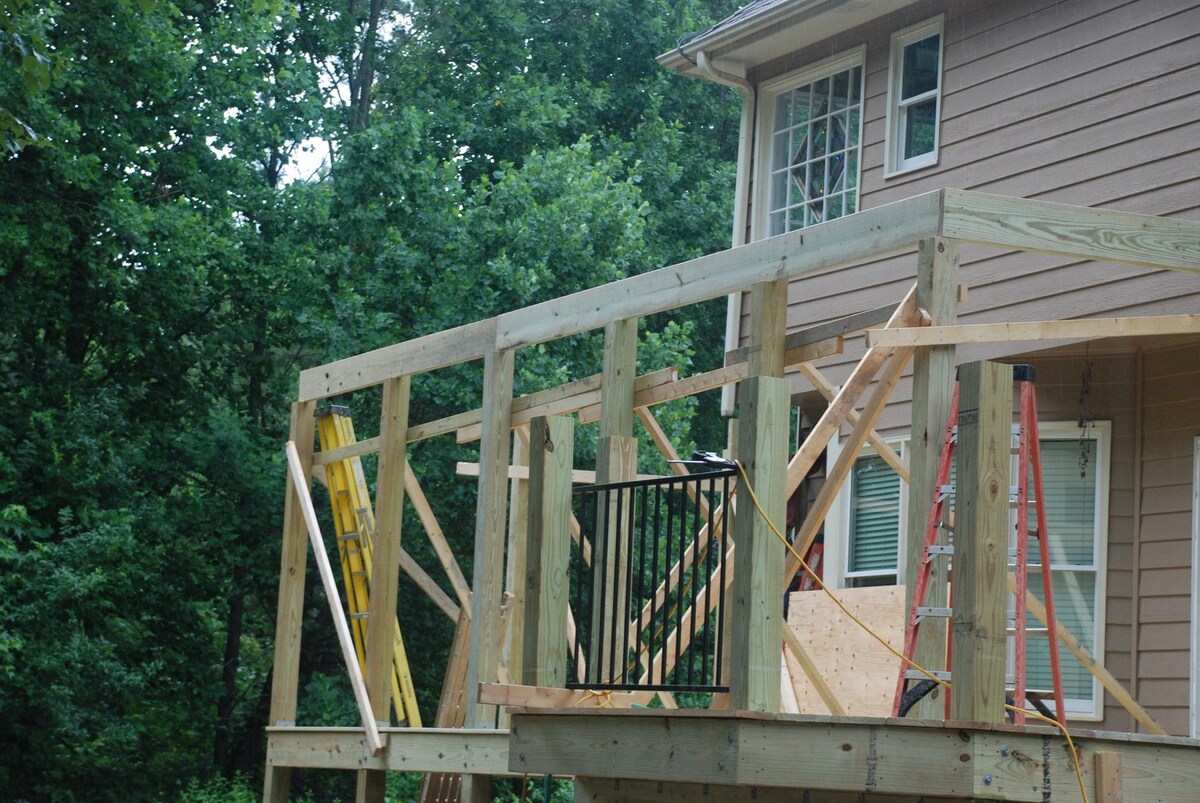
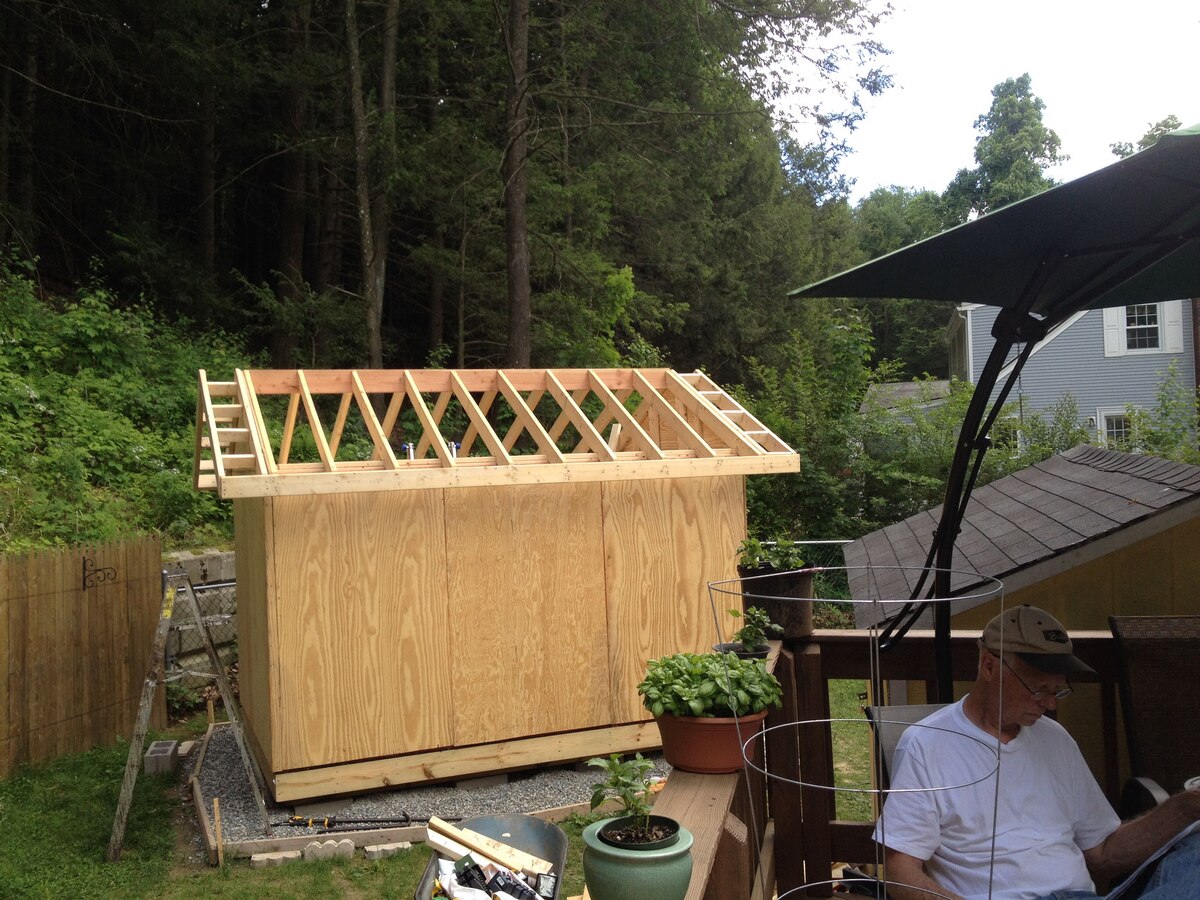
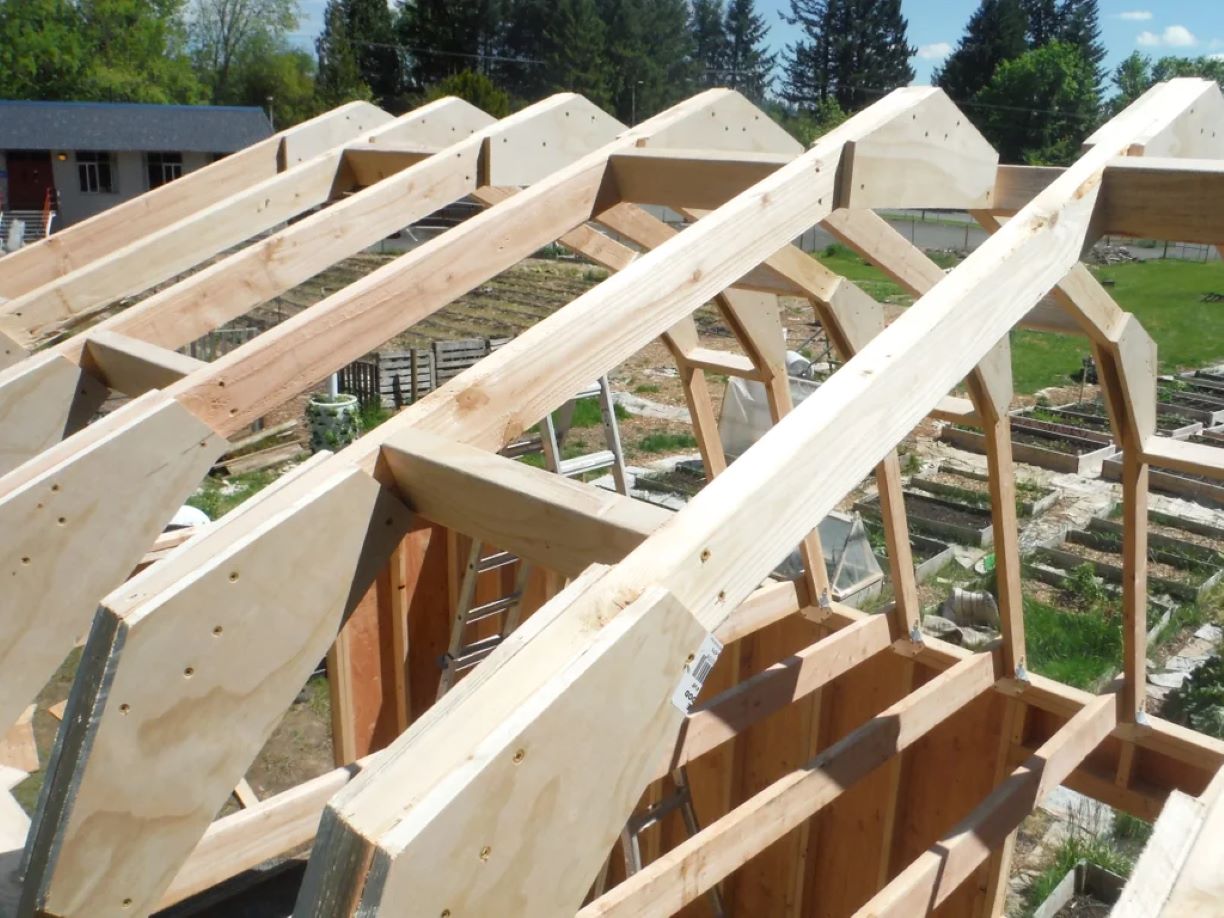
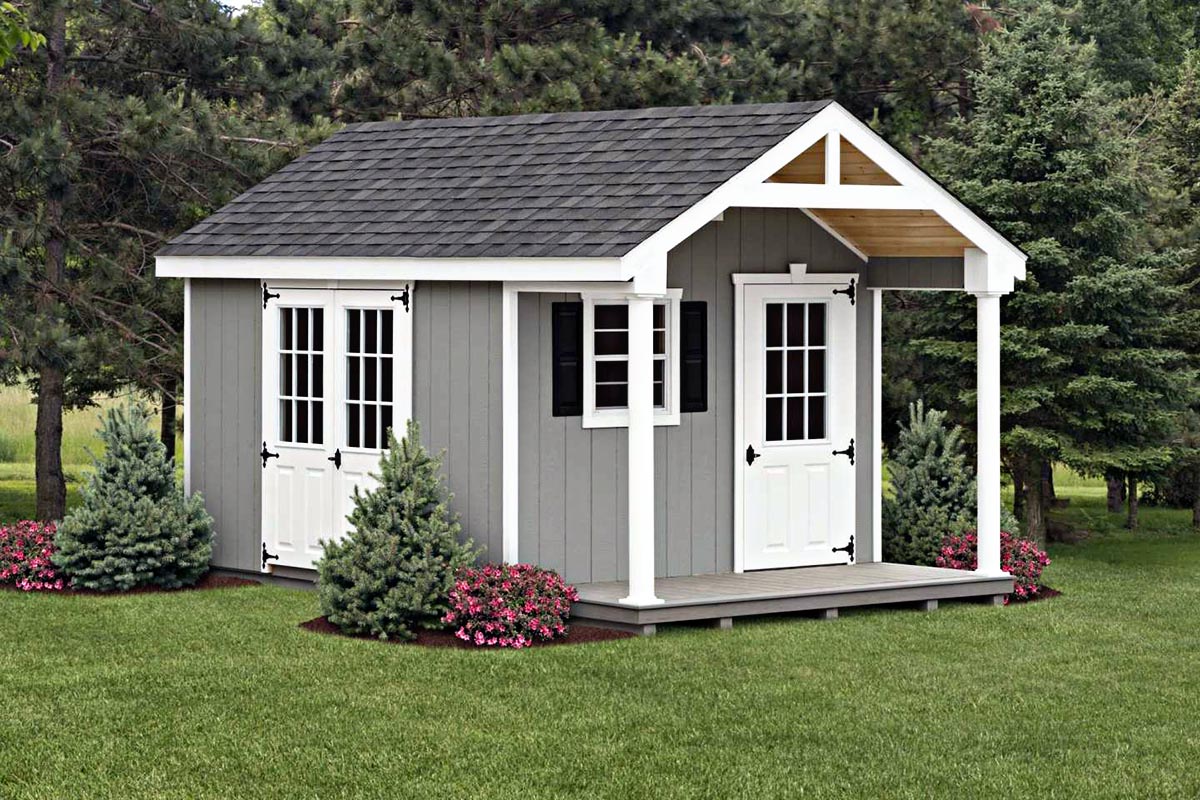
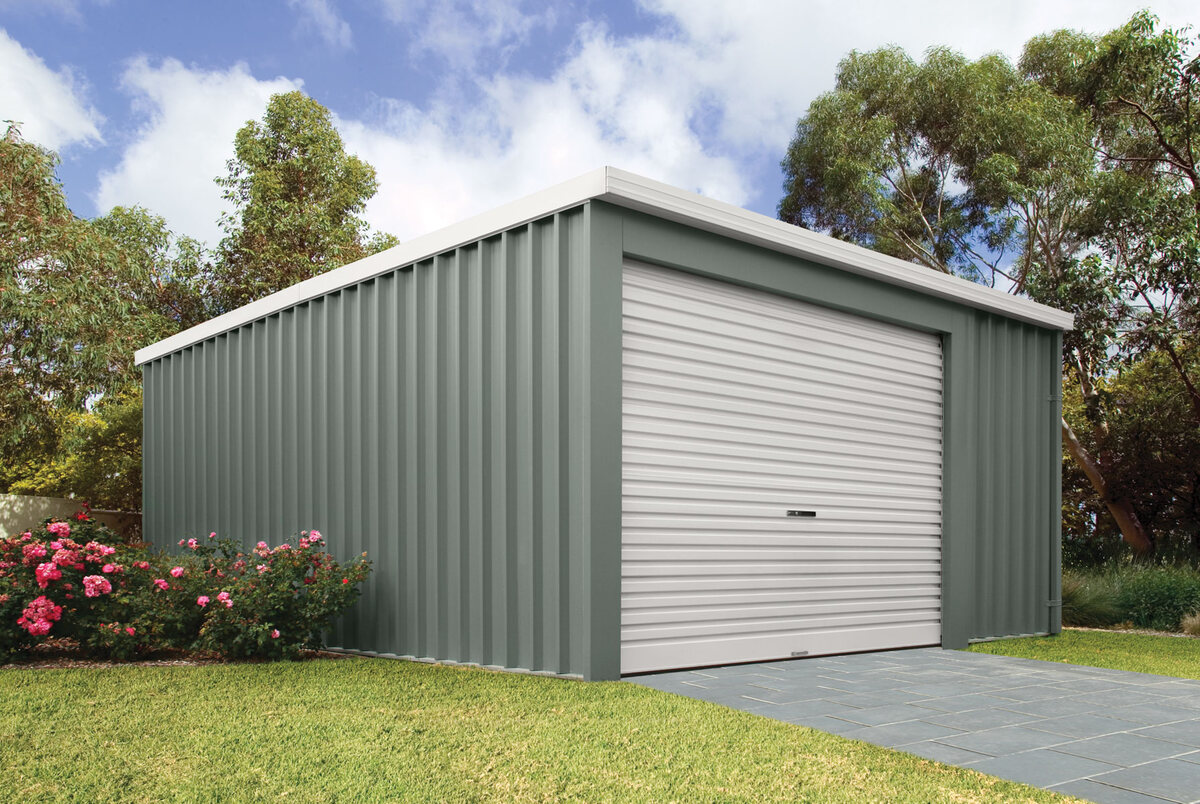
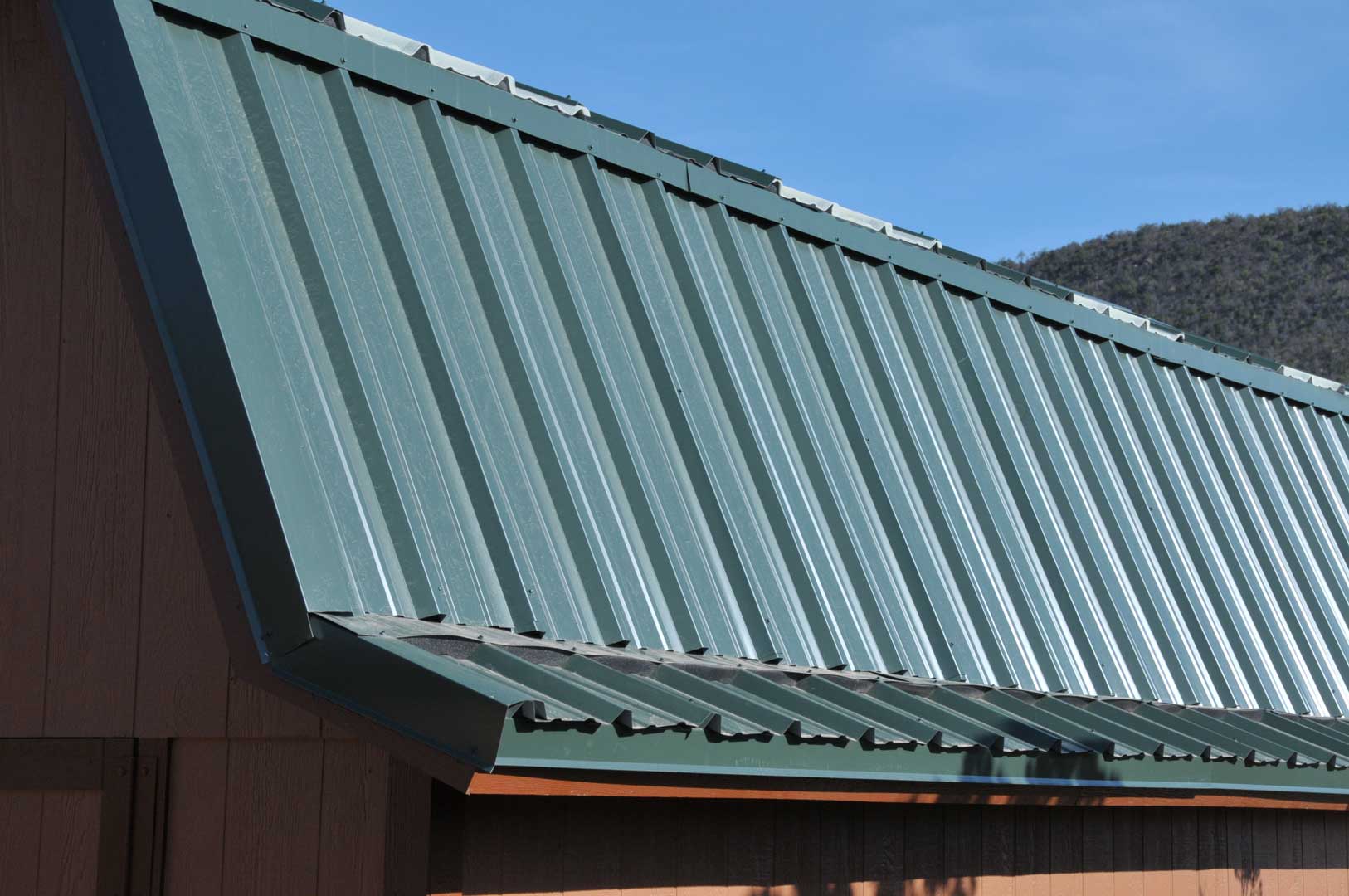
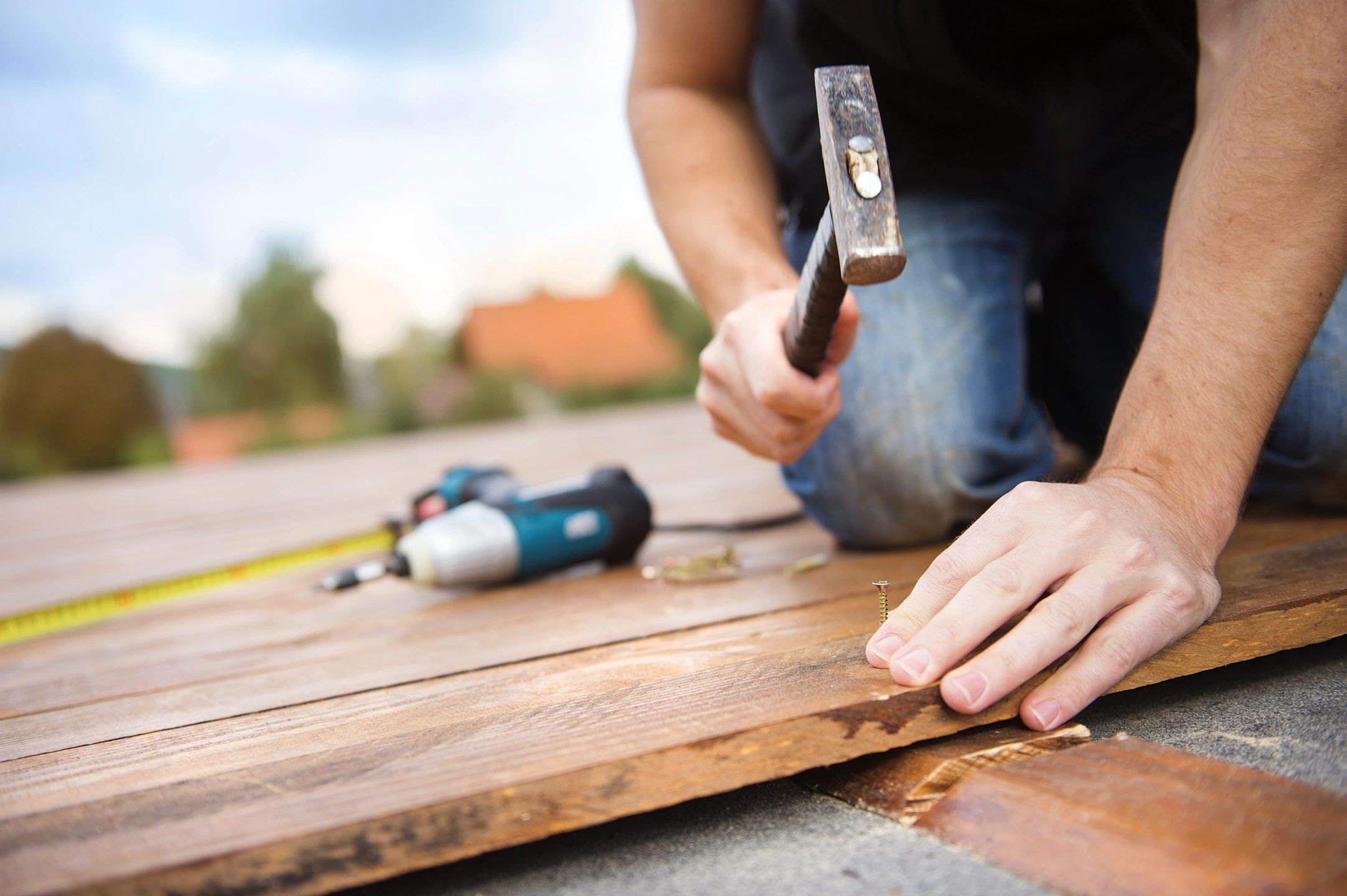
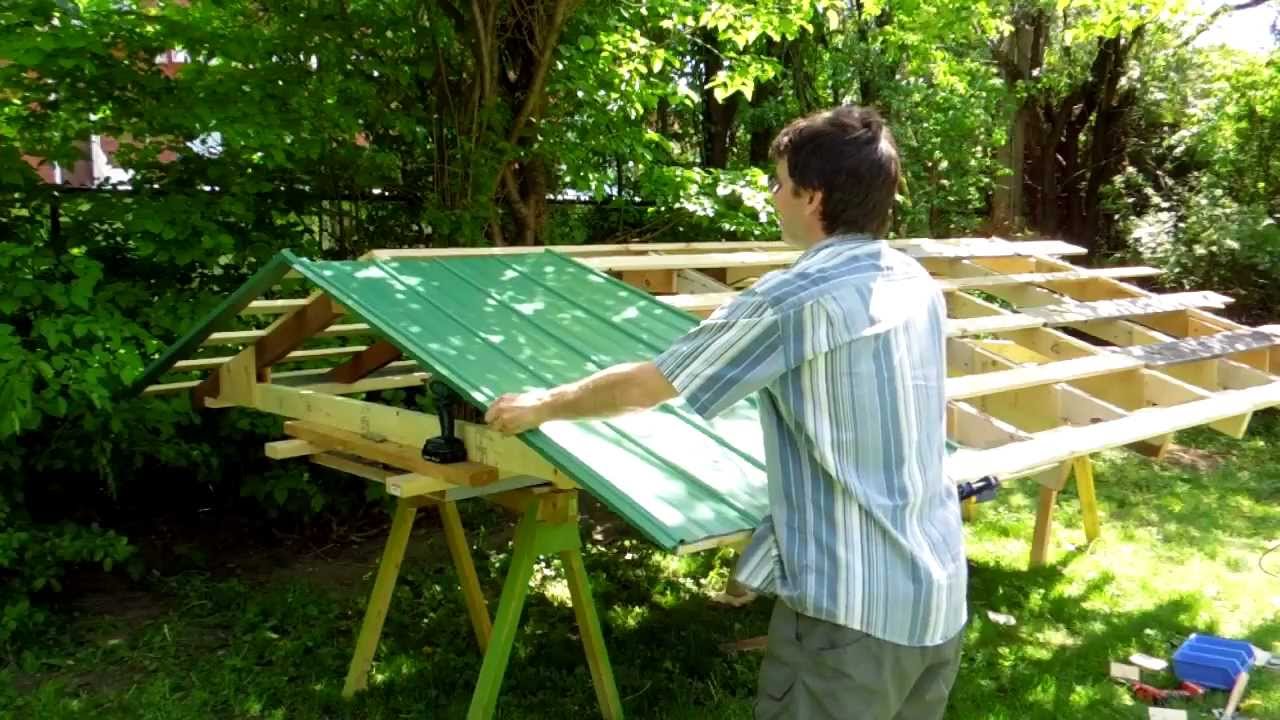
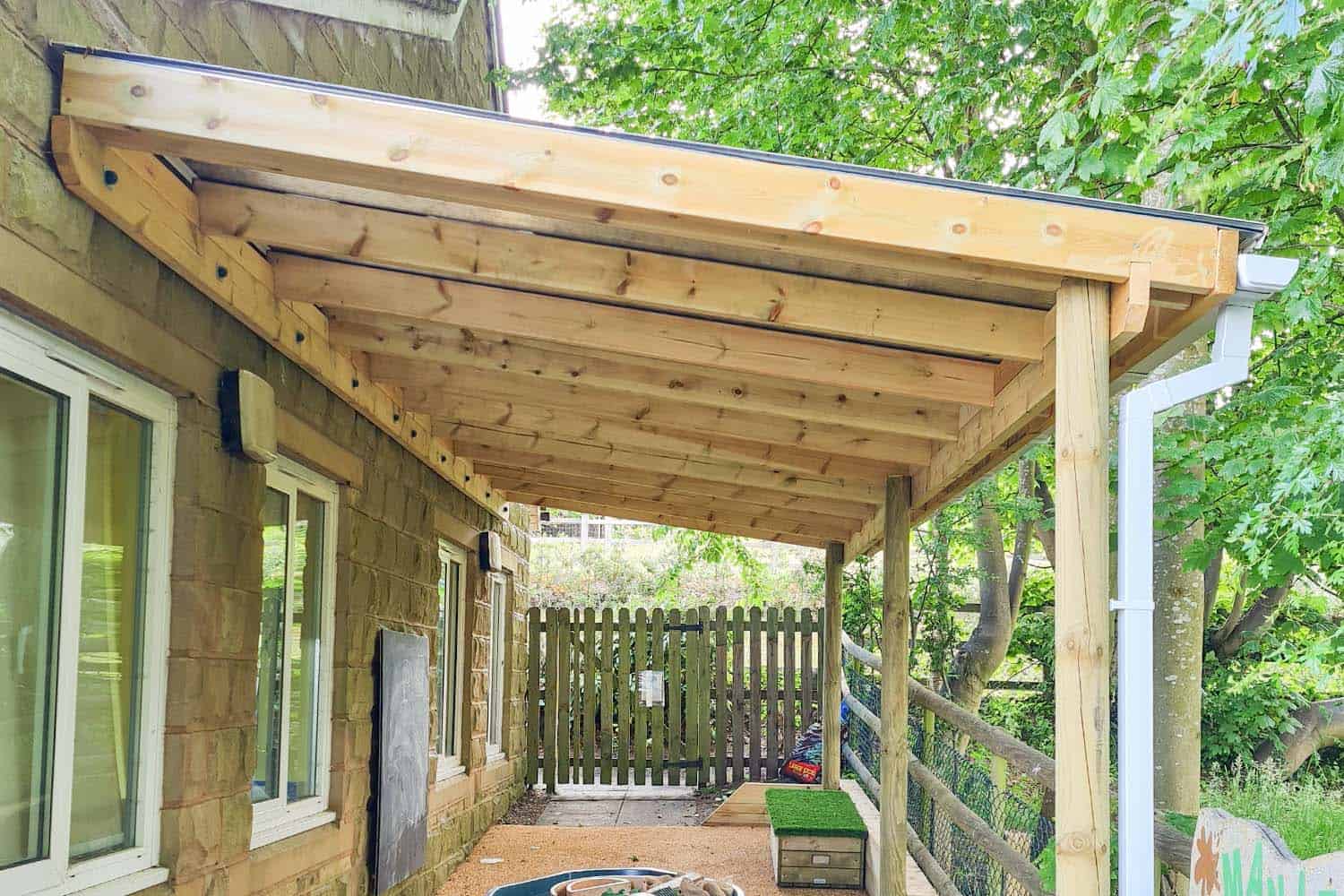
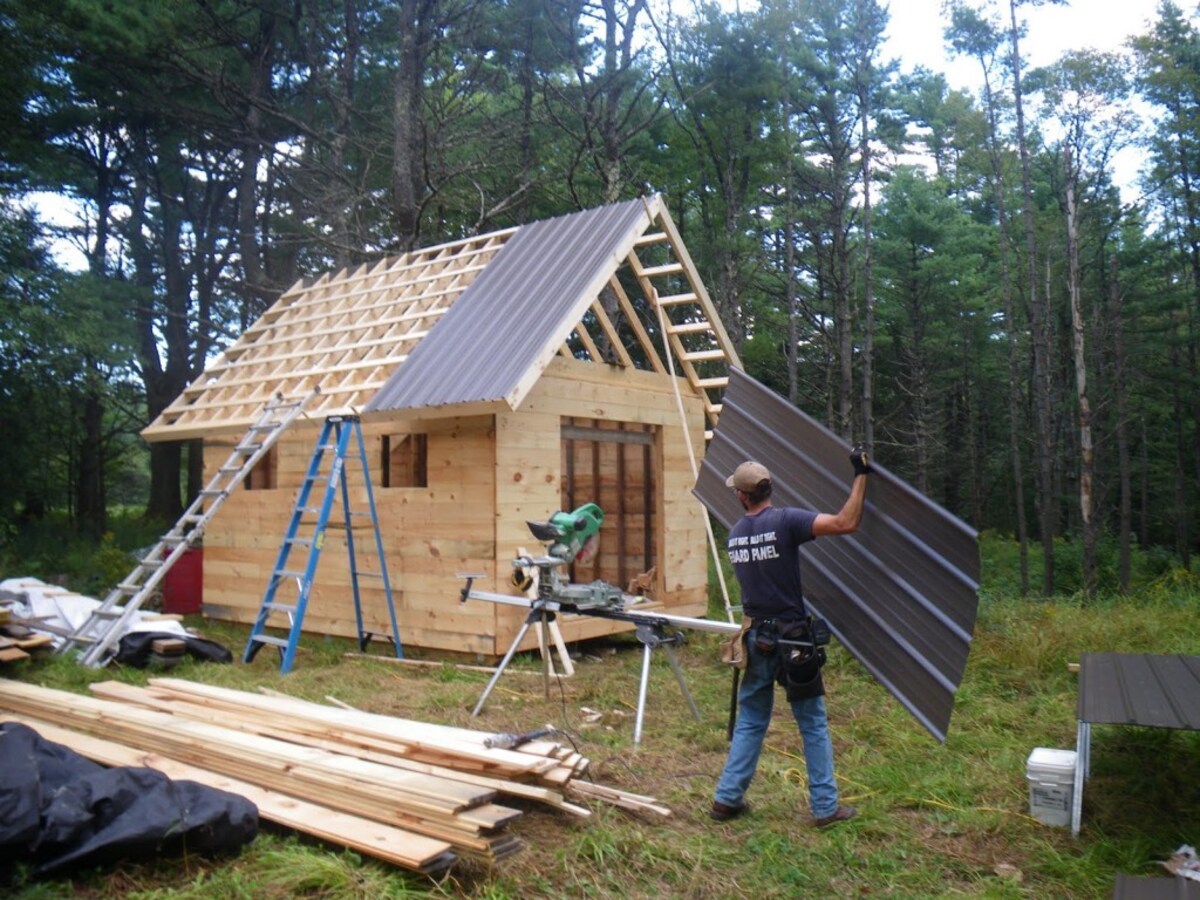
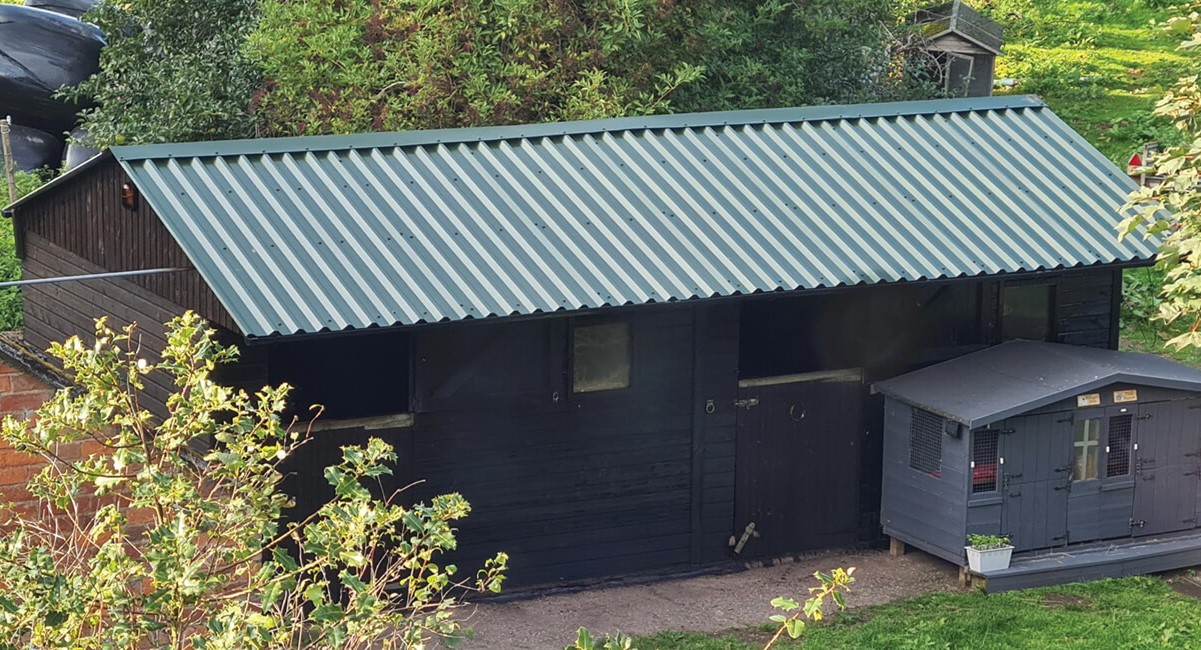

0 thoughts on “How To Build A Green Roof On A Shed”